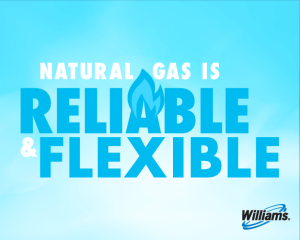 In a time when the U.S. is the world’s largest energy consumer, our nation is equipped with an abundant and versatile supply of resources. Ensuring we have the capacity to meet our energy needs is key, and that requires a diverse energy portfolio.
In a time when the U.S. is the world’s largest energy consumer, our nation is equipped with an abundant and versatile supply of resources. Ensuring we have the capacity to meet our energy needs is key, and that requires a diverse energy portfolio.
Renewable energy, a quickly growing sector, is one piece of the puzzle. It’s a clean and efficient resource, playing a valuable role in the energy mix. That being said, as energy consumers we must understand that renewable energy sources like wind and solar can’t do it alone. They require support to continue being a part of the mix and meeting our energy demand.
The nature of renewable energy is considered intermittent, meaning the wind doesn’t always blow and the sun doesn’t always shine. Due to this inconsistency, we need a fast-reacting, on-demand way of continuing to provide electricity in the absence of these resources. And that’s where natural gas comes in.
Though they are often seen as competitors, natural gas and renewables actually share a close, interdependent relationship. They fit hand in hand, and together, they work to cut greenhouse gas emissions and ensure a consistent supply of energy. In the moments when renewable energy is unavailable, natural gas provides reliability and flexibility – both necessary for power generation. It’s the most viable and economic option, ready and available on demand.
In fact, natural gas provides 30 percent of our nation’s energy. We’ve also seen GHG emissions from power generation drop to 30-year lows, partially due to cleaner burning natural gas. All in all, the combination of natural gas and renewables will push our nation closer to reaching its clean energy goals and long-term energy needs.
